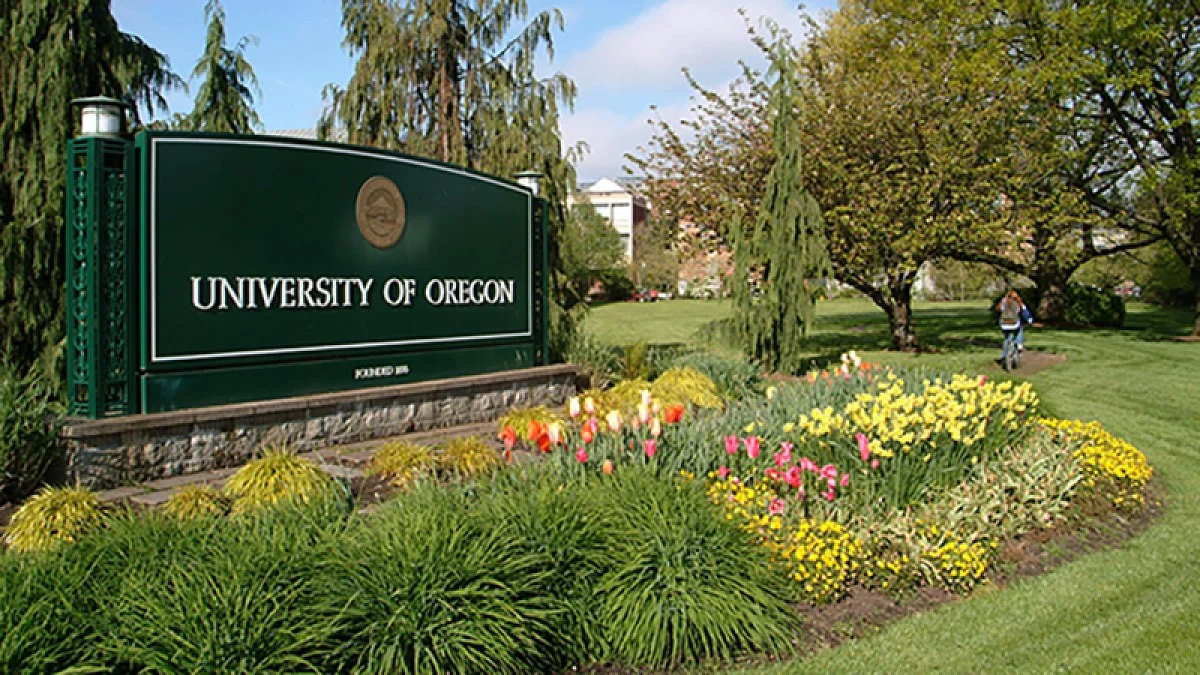
The Church of the Highlands has risen to become one of the most well-known and largest non-denominational churches in the United States. Founded in 2001 by Pastor Chris Hodges in Birmingham, Alabama, it quickly gained a reputation for its vibrant worship, expansive community outreach, and innovative church planting strategies. However, with significant growth and influence comes increased scrutiny, and the church of the highlands exposed has not been exempt from controversy and criticism. This article seeks to explore the various aspects that have been “exposed” or brought into the public eye, including its management practices, financial transparency, community relations, and the broader implications of its ecclesiastical and societal influence.
Growth and Influence
The Church of the Highlands is notable for its rapid expansion. From its inception, the church adopted a multi-site strategy, which allowed it to spread across various locations in Alabama. As of 2024, it boasts more than 20 campuses and an average weekly attendance that runs into the tens of thousands. This growth has been facilitated by a strong emphasis on media and technology, using live broadcasts to connect the multiple campuses during services.
The church’s growth model is often seen as a blueprint for success in modern evangelical circles. It emphasizes a scalable church model, where services are centrally produced and then broadcast to various locations, combining live preaching with video sermons from Pastor Hodges or other church leaders. This model has enabled the Church of the Highlands to maintain a consistent message and quality of service across all its locations.
Financial Practices and Transparency
With great size comes great financial responsibility. The Church of the Highlands has been both praised and criticized for its handling of finances. On the one hand, it has been commended for its significant contributions to local and global charitable causes. On the other hand, the church has faced questions over its lack of financial transparency. Unlike some churches, it does not publicly disclose detailed financial statements, which has led to speculation and suspicion about how funds are allocated, especially concerning the salaries of its top leaders and expenses related to church management and expansion.
Community Relations and Controversies
One of the most significant controversies surrounding the Church of the Highlands occurred in 2020 when Pastor Chris Hodges liked several controversial social media posts. This action led to a public outcry and resulted in the Birmingham Board of Education and the Housing Authority of the Birmingham District severing ties with the church, which had been involved in various community outreach programs within city facilities.
This incident highlighted the church’s complex relationship with its broader community. While it has been a force for community development and support through various programs, such as addiction recovery and prison outreach, it has also faced criticism for what some perceive as an alignment with divisive political and social stances.
Doctrinal Rigidity and Cultural Adaptation
Theologically, the Church of the Highlands aligns with mainstream evangelical Protestantism, emphasizing a personal relationship with Jesus Christ, the authority of the Bible, and the importance of conversion. However, its conservative doctrinal stance has also been a point of contention in a rapidly changing social climate. Issues such as LGBTQ+ rights, women in ministry, and racial justice are areas where the church’s traditional positions have clashed with progressive societal values.
The Future of Church of the Highlands
Looking forward, the Church of the Highlands faces both challenges and opportunities. It remains to be seen how it will navigate the complexities of modern societal issues while maintaining its core doctrinal beliefs and community support. The church’s ability to adapt to changing cultural dynamics while preserving its fundamental evangelical principles will likely be critical in determining its path forward.
Conclusion
The church of the highlands exposed serves as a microcosm of modern evangelical Christianity in America—dynamic, influential, and at times, controversial. As it moves forward, it will undoubtedly continue to play a significant role in shaping not just the religious landscape but also the social and cultural fabric of the regions it serves. Understanding the nuances of this influential church provides insight into the broader challenges and opportunities facing evangelical institutions today in their quest to remain relevant and impactful in an ever-evolving world.







